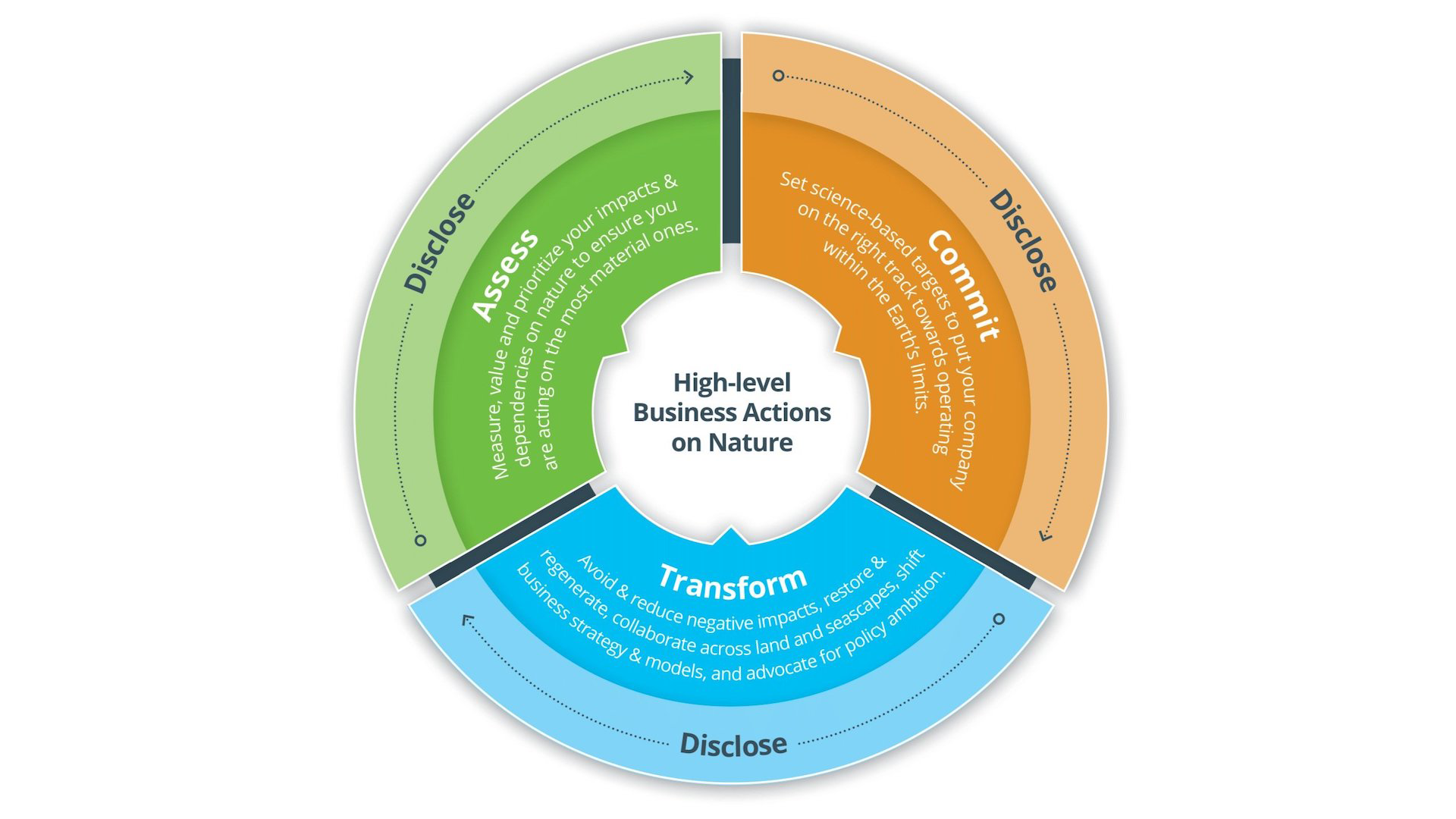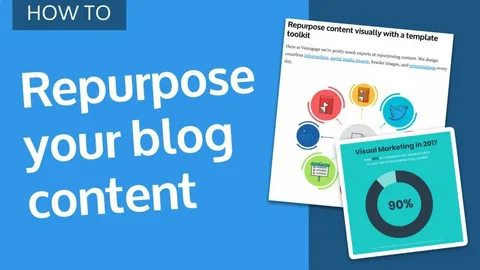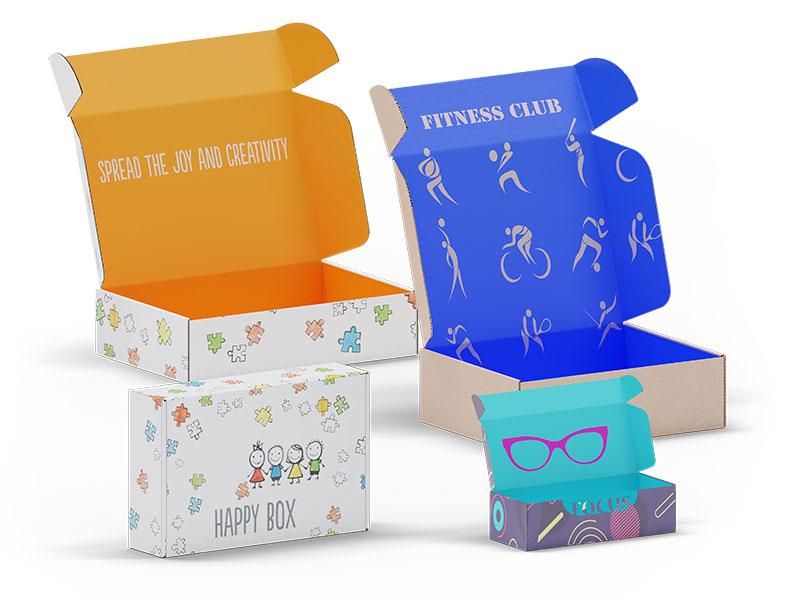Creative Strategies for Content Repurposing
Key Takeaways
- Improve content effectiveness by discovering fresh repurposing strategies.
- Discover how to maximize audience engagement and growth.
- Learn the benefits of using a content repurposing framework for better results.
Introduction
In today’s rapidly evolving digital sphere, content is not just king—it’s a vital currency for engagement, knowledge sharing, and community building. Yet, as content creators know, maintaining a steady flow of fresh, captivating content can become overwhelming and arduous. This is precisely where the art of content repurposing unveils its strategic prowess. By diving into various repurpose examples, creators can inject new vitality into existing material, allowing them to reach broader audiences without the constant grind of producing new content from scratch.
What Is Content Repurposing?
Content repurposing transcends the mere replication of material across different platforms. Instead, it embodies a strategic transformation process that adapts existing content into various formats, extending its lifespan and impact. Imagine transforming a lengthy, detailed blog post into a serialized podcast or a captivating video series. The essence of this approach lies in renewing the content’s appeal and relevance while maintaining core messages and authenticity. This approach fosters a deeper connection with diverse audience segments, capturing attention in creative and varied ways.
Benefits of Repurposing Content
The advantages of content repurposing are multifaceted. Not only does it alleviate the continuous demand for new content creation, but it also facilitates the cultivation of broader audience engagement. By reimagining content, creators can present their messages in new formats that resonate with different audience demographics. This approach not only broadens reach but also strengthens brand narrative consistency. Pragmatically, it offers a cost-effective method to increase search engine visibility. Implementing strategically reused content enhances SEO performance by increasing keyword coverage, fostering backlinks, and maintaining a robust digital presence.
Repurposing Success Stories
There are many success stories to be found when content is strategically repurposed. Several brands have harnessed this method to amplify their market presence significantly. For example, a business that initially produced a compelling written guide on industry trends might repurpose it into a series of webinars or live online workshops. This transformation engages a visual and interactive audience and capitalizes on the growing trend of real-time content consumption. Similarly, a popular blog could be divided into engaging social media snippets, reinforcing its reach across platforms such as Instagram and LinkedIn, sustaining brand visibility while constantly reaching on-the-move users.
How to Start Repurposing Content
Initiating the content repurposing journey requires a strategic and thoughtful approach. Begin by analyzing your existing content portfolio to identify top-performing pieces. Utilize analytics tools to pinpoint content that has historically resonated well with your audience. Once these pieces are identified, channel creativity to brainstorm fresh and engaging formats for them. A successful webinar, for instance, can be reimagined as a series of short, punchy video clips. At the same time, an in-depth blog post can be visualized into an interactive and comprehensive eBook. The opportunities to engage different audience segments through varied formats are limitless.
Effective Formats for Repurposing
Choosing the correct formats for repurposing is central to the strategy’s success. Infographics and videos are very good at quickly grabbing the attention of viewers, particularly those with limited attention spans. Simultaneously, podcasts offer an avenue for delivering content in a format conducive to multitasking, catering to audiences on the move. Written formats like guides or eBooks provide depth and detailed insights, appealing to readers who seek a more immersive learning experience. Each format offers unique opportunities for engagement, underscoring the importance of matching content types with audience preferences.
Tips for Successful Repurposing
- Understanding your audience’s content consumption preferences is crucial; tailor formats to match these preferences for maximum impact.
- Ensure your messaging remains coherent and uniform across different formats to project a cohesive brand identity.
- Continuously evaluate performance using data analytics to refine your approach, allowing you to iterate effectively based on which formats and messages resonate most.
Building a Repurposing Framework
It’s important to create a comprehensive framework to effectively streamline and grow content repurposing initiatives. Begin by setting clear goals and objectives to guarantee that repurposing efforts align with overarching strategic priorities. Assigning distinct roles within your team will enhance efficiency and ensure accountability. Incorporating technological tools, from content management systems to advanced analytics platforms, will facilitate process automation, improving quality control and strategic alignment. A strong structure guarantees coherence and aids in methodically unleashing the possibilities of each content piece.
Conclusion
Mastering the art of content repurposing is a testament to creativity, strategy, and innovation. Each piece of existing content harbors untapped potential, ripe for discovery through a transformative repurposing strategy. By effectively implementing these practices, businesses can elevate their audience engagement metrics, expand their reach, and optimize resources. Ultimately, mastery in content repurposing is a solution to content creation challenges and a strategic lever for achieving sustained visibility and influence in a dynamic digital environment.










